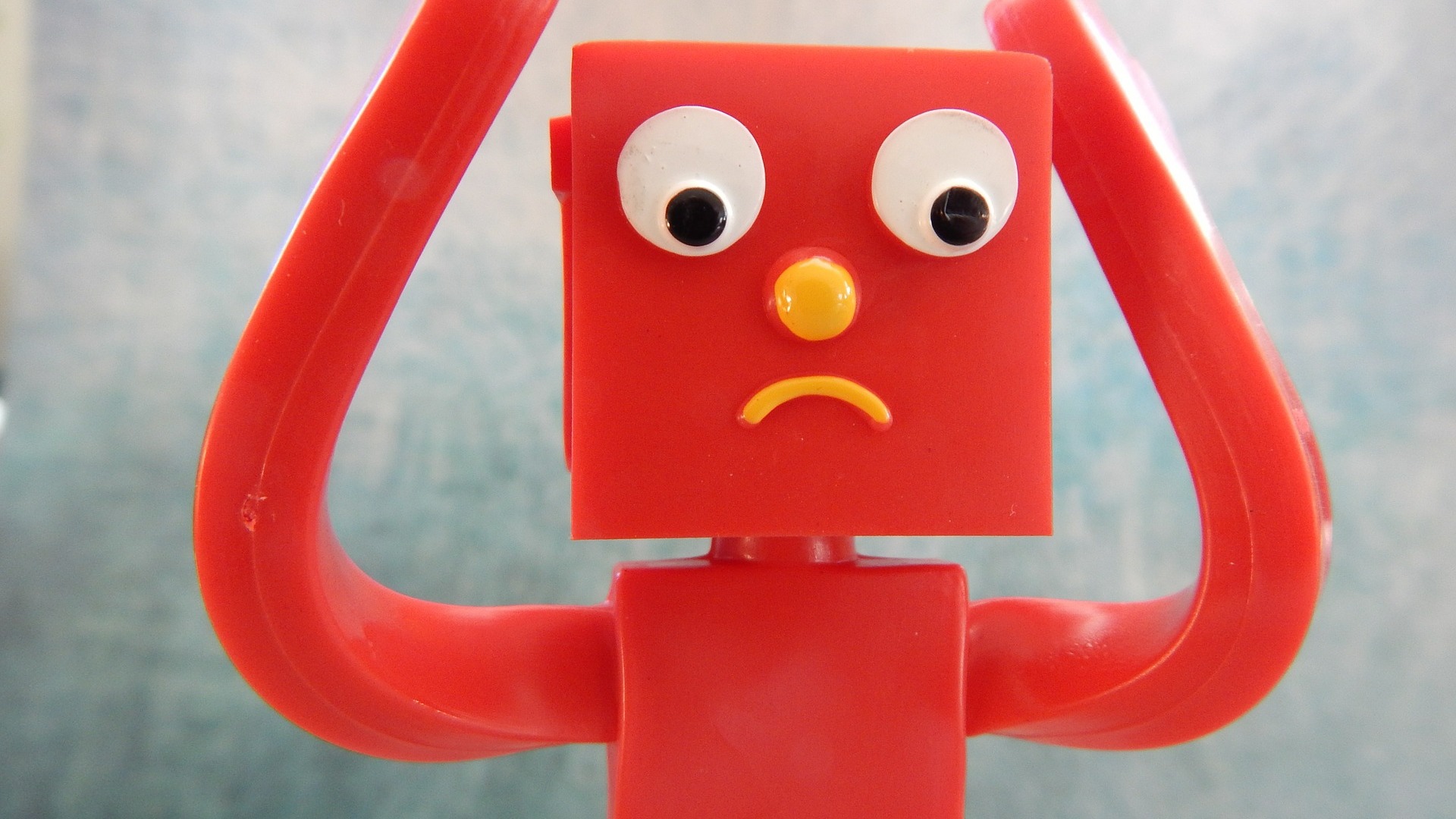
The Editing Company
Toronto, Ontario
Blog
RECENT POSTS
TEC Blog
Categories
Show All- Editing
- Grammar
- Usage
- Style
- Editor/writer
- Publishing
- Business
- Writing
- Writers support group
- Event
- Proofreading
- Copyright and permissions
- Usage
- Book reviews
- Editing new media
- Technology
- Books & libraries
- Ttc stories
- Editing & marketing
- Office happenings
- Social media & community
- Language & editing
- Social media
- Editing & marketing
- Indexing
- Book design
- Tec clients
- Guest blogger
- Creative women doing sixty
- Book clubs
- Books and reading
- Ebook technology & services
- Editing numbers
- Editing & technologies
- Opera, movies

The Return of Confusables: Part IV
by Lesley-Anne Longo
Published at 2019-07-24
Our blog series on confusables (a.k.a., easily mixed up words) has remained popular throughout the years, so we thought we’d revive it and take a look at some more tricky word pairings!
I.e. vs. E.g.
These are both Latin abbreviations that we often see switched around. “E.g.” stands for exempli gratia, a Latin phrase that means “for the sake of example.” “I.e.” is an abbreviation for id est, which translates to English as “that is to say” or “in other words.” For an easy way to keep these definitions straight, remember that E is for example (e.g.) and that I is for in other words (i.e.).
E.g. and i.e. are both lowercase when they show up in the middle of a sentence (i.e., like this). Most style guides recommend adding a period after both letters in both abbreviations.
Examples:
After work, I’ll walk over to the grocery store, i.e., Sobeys.
After work, I’ll walk to a nearby grocery store, e.g., No Frills, Sobeys, or Loblaws.
Simile vs. Metaphor
The confusion for this confusable pairing stems from the fact that both words are used to make comparisons. For a comparison to be a simile, it needs to include the words “like” or “as.”
Examples:
I slept like a log last night. / He stood out like a sore thumb.
In contrast, metaphors directly state a comparison — that one thing is another thing.
Examples:
His life is an open book. / The lake was a mirror.
Lay vs. Lie
This one is tricky, and trips up many writers — even experienced ones! To lay means to put or to place, and requires an object, i.e., something to be laid (such as a book, a shirt, or even a child). A simple way to remember this distinction is that there is an “a” in both lay and place.
Example:
Sarah lay out her outfit for the next day.
To lie means to recline (and lie cannot have an object). You can remember this because there is an “e” in both recline and lie.
Example:
I decided to lie down for a nap.
This is where it gets confusing: the past tense of to lay is laid (“Sarah laid out her outfit”). The past tense of lie is to lay (“John lay down for a nap two hours ago”).
Here is a chart that may help you keep things straight!
|
verb |
present tense |
past tense |
past participle |
present participle |
|
lay |
lay |
laid |
laid |
laying |
|
lie |
lie |
lay |
lain |
lying |
These get mixed up quite often, especially in informal speech or writing, but in a more serious context, it’s best to check if you need to and ensure you’re using the right forms.
Allusion vs. Illusion
This pair of confusables has a fairly simple difference: an allusion is a subtle reference or a hint. An illusion is a mirage, or a deception.
Examples:
I alluded to the Greek myth of Pandora’s box.
The magic trick was just an illusion.
I hope these tips help you in your future writing (and speaking!) experiences. I find that for many confusables, once the difference really sticks, I don’t need to check it again. I hope the same goes for you, but if not, feel free to bookmark this page for future reference!
For more on confusables, check out the earlier entries in our series:




